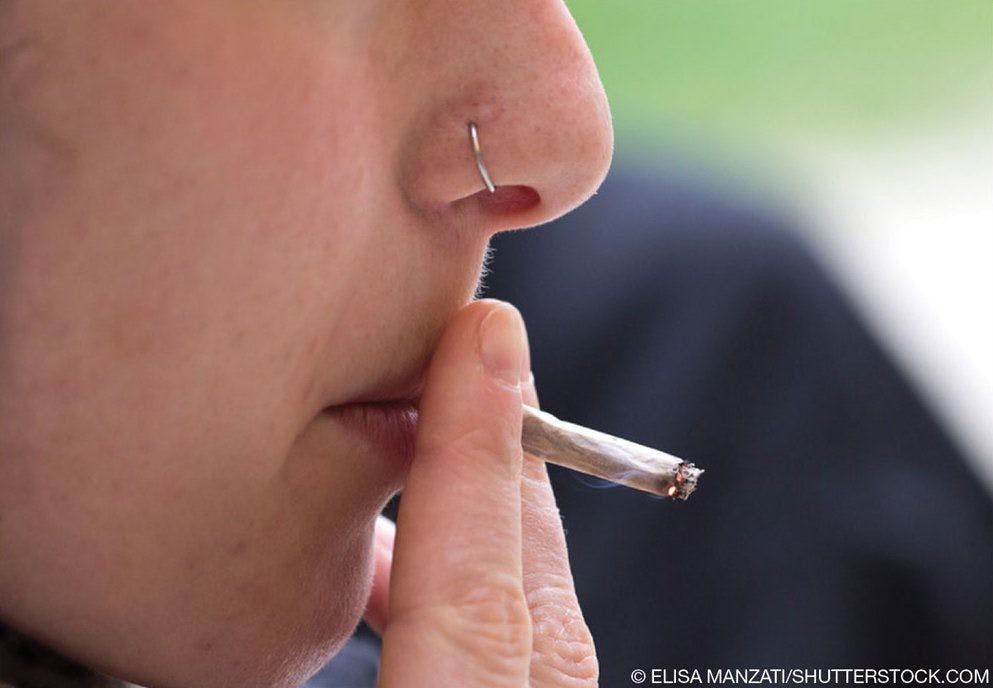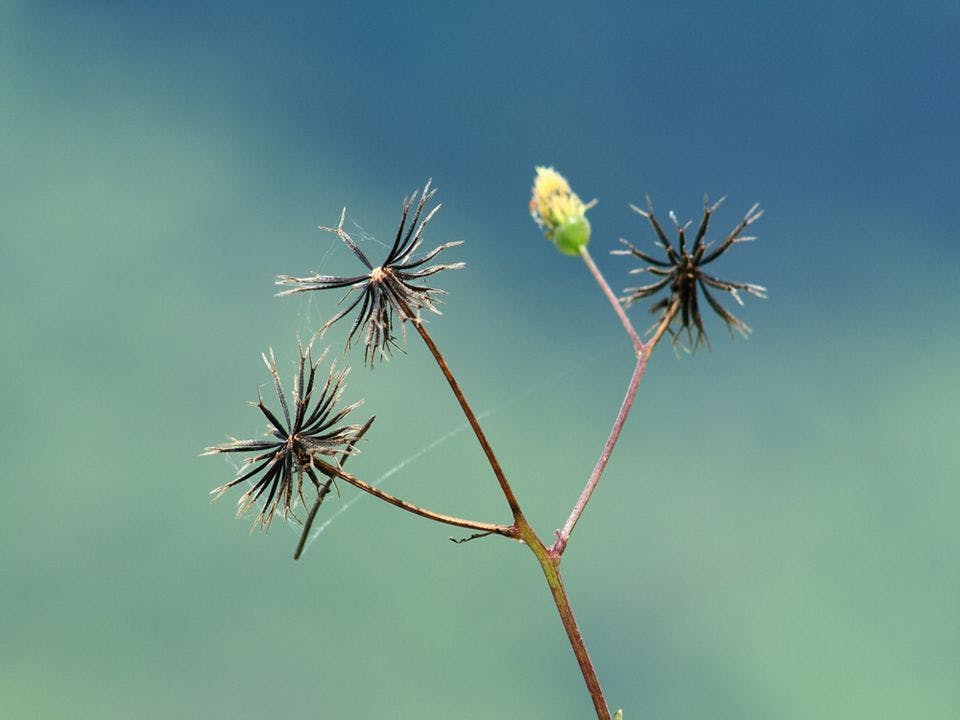Publication
Article
Psychiatric Times
Taming Trichotillomania While Weeding the Garden
Author(s):
Her mention of gardens got me to thinking, not just about fragrant flowers but also about “symptom substitution,” an old-time favorite of behavioral psychologists. Which activities most resemble hair-pulling? Weeding, for one.
SomchartRojchanakanok-Shutterstock.com

Amy’s 5 years in New York City had been a success. She completed college and earned an internship in a prestigious publishing house before the economy collapsed. Her bachelor of arts degree with honors brought no job prospects, however, because no one was hiring. Fortunately, her recent mental health “report card” was as good as her college transcript.
She had bipolar disorder that was largely quiescent, so much so that it was barely on the radar as graduation rolled by. She kept appointments, always remembered her medications, and never needed hospitalizations, unlike family members whose severe symptoms reportedly worsened with alcohol overuse. Only 2 challenges remained: she needed a job and an income, and she wanted to tame her trichotillomania (TTM). Her TTM worsened under stress and never fully responded to behavioral techniques, such as habit reversal therapy recommended by experts.1
Medications had little effect on her hair-pulling. Amy’s struggles were not surprising, considering the difficulty of treating TTM. A favorite symptom-substitution behavioral technique-plucking orthodontic rubber bands fitted to the fingertips-was no help. Nor was the hand-held rubber band ball sold by office supply stores. High doses of serotonin reuptake inhibitors or any dose of clomipramine or fluvoxamine brought more adverse effects than positive effects. Anticonvulsants that treated her bipolar disorder had no effect on her TTM, even though they kept her mood swings in check. Naltrexone helped a little but hurt her stomach a lot.
Drawing Venn diagrams to show how TTM symptoms overlap with OCD, impulse control disorder, anxiety, and even addiction explained her symptoms without offering relief. And Amy needed relief, especially if she returned to the family business while waiting out the financial storm. It was immaterial that there might be more than a chance association between bipolar disorder and TTM.2
From experience, she knew that her TTM surged in response to her emotionally explosive family. Family dinners literally made her “pull her hair out,” as the saying goes. She had avoided visits home, until economic necessity left her little choice.
Superficially, Amy’s home sounded picture perfect. Flower gardens flourished, as often occurs in the South. Yet Amy insisted that the occupants of the picture-perfect house were far from perfect. She said that she came from a hybrid of Tennessee Williams and William Faulkner.
Her mention of gardens got me to thinking, not just about fragrant flowers but also about “symptom substitution,” an old-time favorite of behavioral psychologists. Which activities most resemble hair-pulling? Weeding, for one. I had heard anecdotal stories about persons with TTM who like to weed-while most people, dedicated gardeners included, dread this task. So, I suggested that Amy try weeding, adding disclaimers that I did not know of case-controlled studies to support this approach, but at least it might beautify the family’s flowerbeds.
Instead of laughing, Amy recollected her grandfather, the mild-mannered member of the clan who kept to himself. He tended his garden and avoided the arguments that consumed his siblings. Skeptical at first, she said that she would give it a try if for no other reason than to avoid more medication adverse effects or arguments with managed care companies about coverage.
Before moving home permanently, Amy returned for a weekend to attend her brother’s birthday celebration. She scheduled an extra appointment before she left, fearing that another family fight would send her reeling. Yet that did not happen this time around. On her return, she reported that she spent time weeding the garden and next to no time pulling out her hair.
Admittedly, retreating to the garden instead of sitting through suppertime shouting matches is a respite from stress, weeding or no weeding. She had a polite excuse to escape explosive sibs who lowered their lithium and upped their alcohol. Gardening with her grandfather, the most benign family member, also offered support. The “experiment” succeeded, perhaps for all the reasons mentioned above. With no time or money for case-controlled studies to “weed out” placebo effects or halo effects or other variables, we agreed to make do with what worked, especially since there seemed to be no downside to applying this approach while she transitioned treatment.
I subsequently found a surprising number of scholarly (and not so scholarly) reports on the subject. Amazon sells at least a dozen books about horticulture therapy. The history of medicine literature offers compelling centuries-old anecdotes. Benjamin Rush (1749-1813), the “Father of American Psychiatry,” signer of the Declaration of Independence, and namesake of Rush Medical College in Chicago, recommended “horticulture therapy” to his patients and to prison inmates.3,4 Rush wrote the first systematic textbook on mental diseases in America.
In addition to anecdotes, studies show that growing plants improves moods of nursing home and hospice residents. Of course, looking forward to just about anything improves mood, anywhere. Unfortunately, gardening does not guarantee 100% success, and grave disappointments may follow months of hard work.
Data documenting horticulture therapy’s benefits for persons with autism spectrum disorder are also impressive, but not entirely unexpected, since gardening employs non-verbal skills and circumvents direct human interaction. It seems that rehabilitation journals publish more articles on this subject than psychiatry journals.5
Michigan State University and Kansas State University offered academic degrees in the field in the 1950s and 1960s. Interest in such approaches waxed and waned over the years but subsequently spread far beyond the Great Plains. At times, horticulture therapy was parodied for its place in “funny farms” and fossilized in the opening scene of Martin Scorsese’s Shutter Island (2010).6 More recently, horticulture therapy became more urbane as the Bronx-based New York Botanical Gardens developed a “horticulture therapy” certificate program, as have several other botanical gardens across America. European horticulture programs have a much longer history.
Yet weeding is weeding and is only one part of gardening. Luckily, Amy felt that “uprooting” weeds was similar enough to “uprooting” her hair to make this “symptom substitution” technique work for her. It remains to be seen if insurers will be convinced enough to reimburse for horticulture therapy and if they will recognize the newly minted Horticulture Therapy certificates. I doubt that gardeners need much convincing about gardening’s benefits overall.
Disclosures:
Dr. Packer is affiliated with Mt. Sinai Beth Israel and has a private practice in Soho, NYC. Her most recent book is Neuroscience in Science Fiction Films (2015). Her book Mental Illness in Popular Culture is in press and scheduled for release in the summer of 2017.
References:
1. Grant JE, Chamberlain SR. Trichotillomania. Am J Psychiatry. 2016;173:868-874.
2. Verinder Sharma V, Baczynski C. Trichotillomania and bipolar disorder. Am Psychiatry. 2017;174:2: 186-186.
3. Relf D. Horticulture: a therapeutic tool. J Rehab. 1973;39:27-29.
4. Simson S, Straus MC. Horticulture as Therapy: Principles and Practice. New York: Routledge, CRC Press; 2003.
5. Söderback I, Söderström M, Schälander E. Horticultural therapy: the ‘healing garden’ and gardening in rehabilitation measures at Danderyd hospital rehabilitation clinic. J Pediat Rehab. 2004;7:4:245-260.
6. Packer S. Sinister Cinema’s Psychiatrists. Jefferson, NC: McFarland Press; 2010.



















